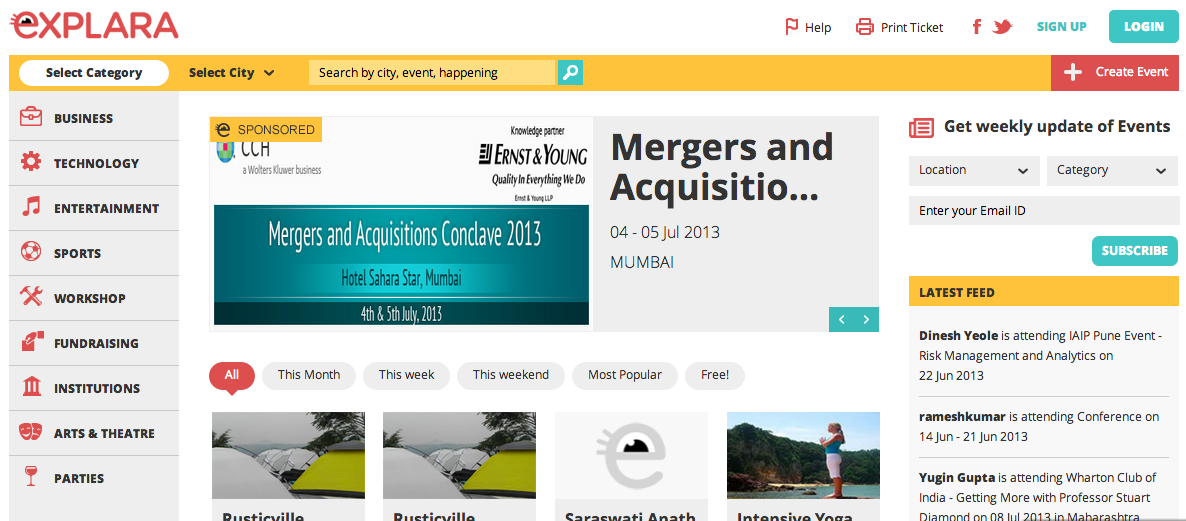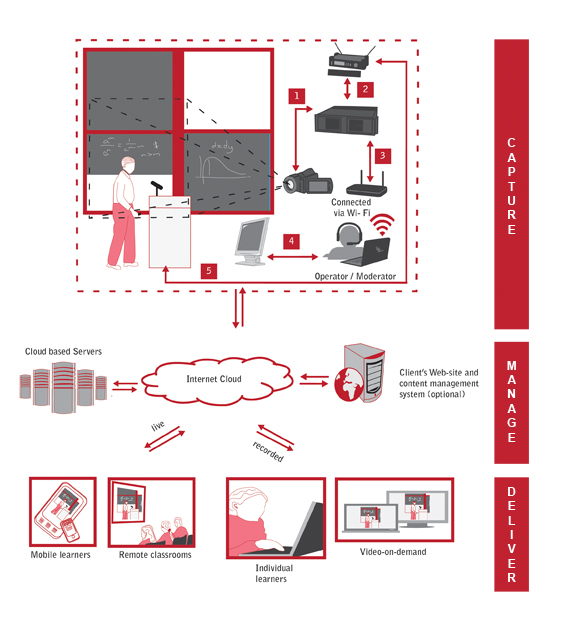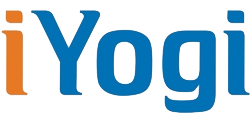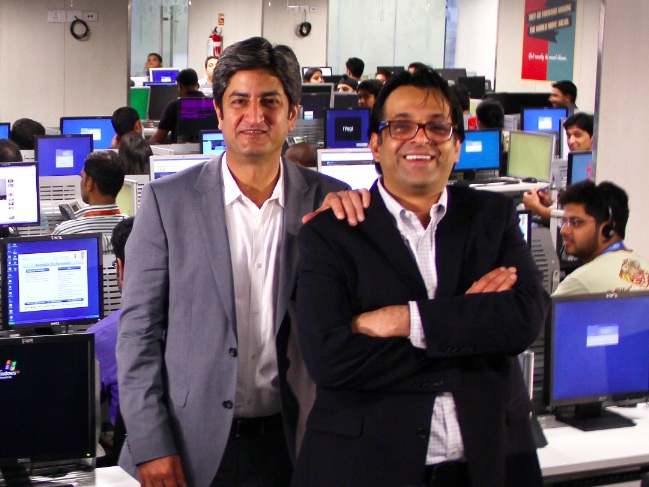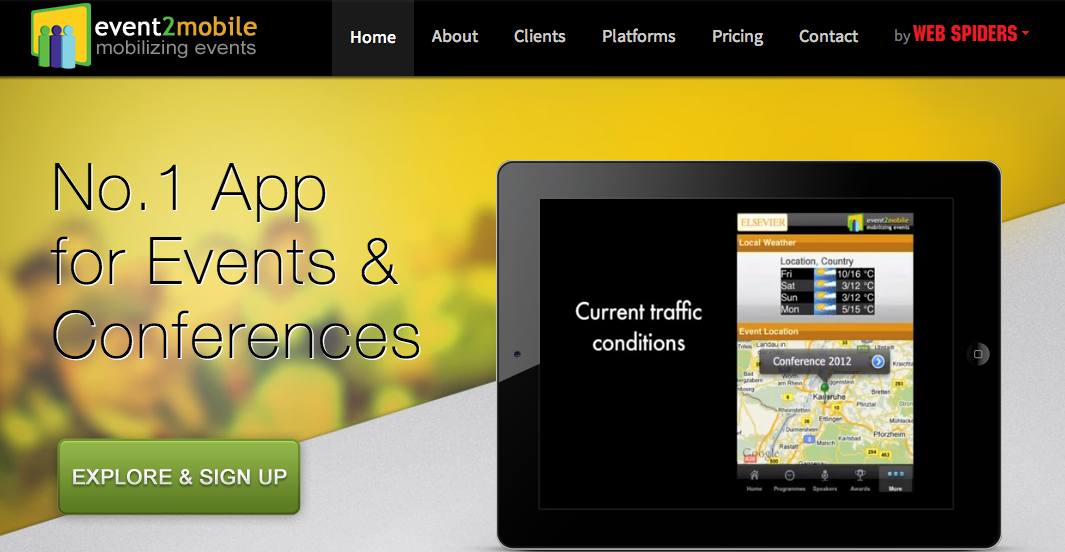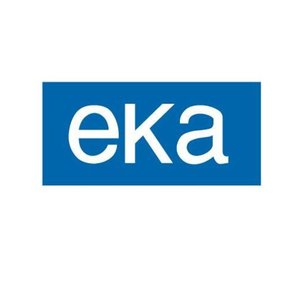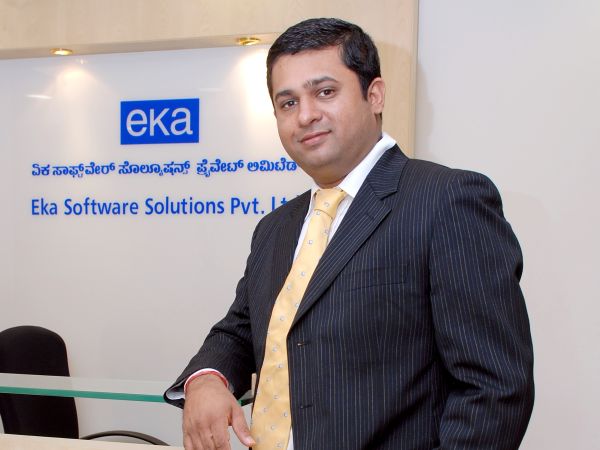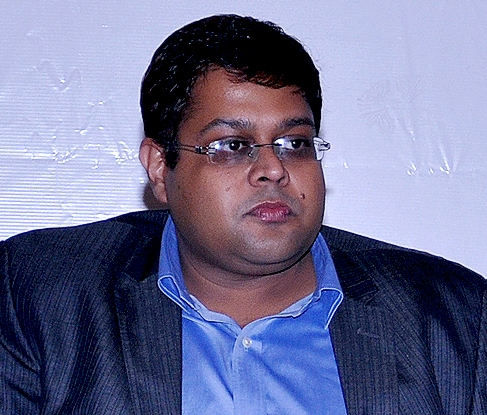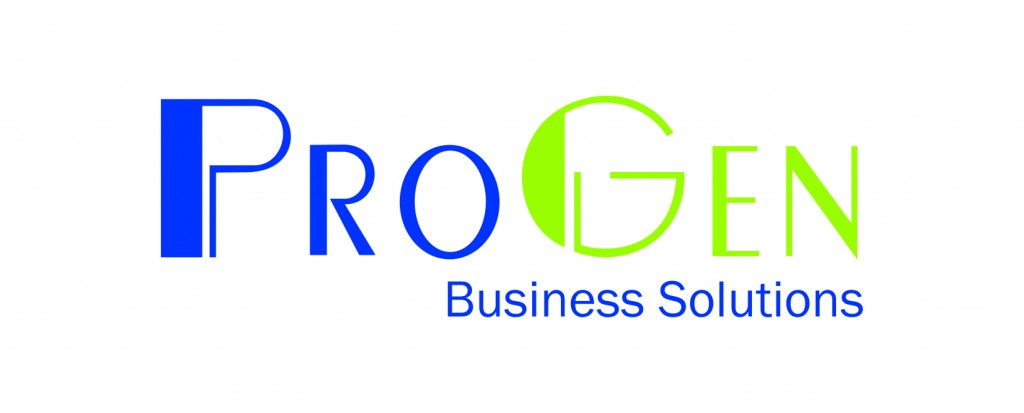“Why isn’t there a place where we can store all our medical information?” is the question that bugged Shashank ND, Founder of Practo.com. Jamming together with a classmate from NITK Surathkal, they found a solution and founded Practo.com – a cloud based service that covers over 8,000 doctors and manages the records of nearly 3 million patients.
Shashank, I was looking at your website and I was intrigued by the fact that you actually started this business because of a personal experience. Do give us an insight into how you started?
My father was to have a knee operation, and we had visited a couple of hospitals where we had some tests done and got some reports. The doctor advised based on the reports that my father required surgery. Now obviously I was concerned and we wanted to take a second opinion and have these records shown to a doctor in the US. It turned out to be a quite a clumsy and cumbersome affair. I had to take a photograph with my camera then transfer it online and then the doctor in the US responded to us asking for more information and then it suddenly struck me, if all the information was available in a secure repository that could be accessed easily 24/7 we wouldn’t have so much back and forth and delays.
But I wanted to double check things so the next time I visited my ophthalmologist I asked him to give me the prescription on email so I could keep a digital record of it. He told me that the system he used was 10 years old and didn’t support this functionality. He went on to say, if someone can give me a system like this I will gladly use it. So my imagination started running wild and I thought of a system where all our personal health records could be available digitally.
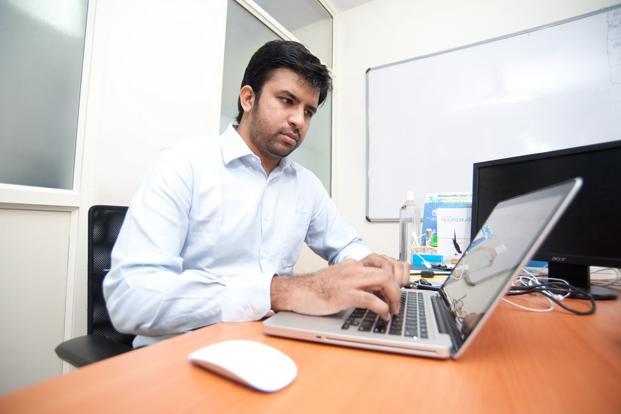 Fundamentally, we have a Facebook where we keep all our personal information, we have a LinkedIn where we keep all our professional information, I just wondered why there isn’t a place where we can store all our medical information. If you really look at it, doctors need records because they become more efficient in servicing patents. Patients are keen on information digitally stored because they don’t have the hassle of storing stuff physically as it is also subject to wear and tear. The problem was really the intermediary software and that’s the gap we stepped in to fill.
Fundamentally, we have a Facebook where we keep all our personal information, we have a LinkedIn where we keep all our professional information, I just wondered why there isn’t a place where we can store all our medical information. If you really look at it, doctors need records because they become more efficient in servicing patents. Patients are keen on information digitally stored because they don’t have the hassle of storing stuff physically as it is also subject to wear and tear. The problem was really the intermediary software and that’s the gap we stepped in to fill.
Did you have to invest a lot of time in educating the doctors on how to use the software or what potential benefits they would get?
Honestly, the first few we didn’t have to, because they proactively told us that they need it, so it was more about convincing ourselves to quote for the software. All the doctors who came to us already had the problem, so they were contacting us to build the software, rather than us convincing them about buying it. But after the first few, we had to really sell the proposition to the other doctor’s.
So what’s the revenue model, you charge the doctors to use this or the patients, how does it work?
No, we charge the doctors. We give the software to the doctors and doctors pay us on an annual basis. Now what does the software do for the doctors, it helps them with four main things, one- it helps the doctors in scheduling, so all the appointments, reminders to the patients about their appointments are done through our software, it basically ensures that without any manual information the patients are reminded about their appointments and the patients visit the clinic on schedule. So the dropout rate because of being misinformed or not informed comes down drastically.
The second thing is EMR or Electronic Medical Records, just like my father’s report or my eye prescription. We allow the doctors to maintain all the digital records on an account of the patients. Now this information can be inscribed, a prescription, printout, and every type of medical information that can be stored about the patient.
The third thing is billing, so doctors who are doing billing manually or on MS Word or any other intermediary software can now do it on ours.
Finally we have built a functionality to generate reports; reports allow the doctors to keep the history of patients. So for example the doctor will come to know how many new patients they have seen in a month, such data could never be accessed earlier by a and we allow the doctors to see how many patients they have examined, the money they have paid, how much has been expensed, what is the profit for the month.
Shashank, you have a young team. I looked at that photograph on your website; they are all youngsters, average age, probably 25 or so, how do you keep them motivated and charged up to kind of support you in whatever you are doing?
One of the thing that has worked for us is that even though I started the company, we ensure that everybody feels that this company is theirs by making sure that some part of the responsibility is completely given to them. Take our website for instance, the person who designed it used grey as the background color and frankly I hated the color but it was his design, it was his work, so even though I did not like it I allowed it to continue.
I make sure that each and every creator has ownership, and that’s what keeps them motivated. The other thing we did is to add experienced people to the mix and now we have about 30 people in the company who provide the experience to the team members who are inexperienced so that they can learn a different dimension of the corporate world. This keeps everyone going.
Finally, the idea that we set out with never changed. Whatever we embarked on from day one continues to stay. This is a very good thing that binds us all together.
How do you really take care of balancing the expectations of various stakeholders – investors, customers and your own employees…
That is a great question and obviously it is a tough ask, but I have this pyramid of priorities that I have created in my life. Whenever a major decision is taken, I have a mental image of the pyramid. At the top of the pyramid is the company vision. The second block pertains to the needs of the customer; the third relates to my employees, fourth is the investor and fifth is me. So I ensure that any decision that I have to take, it is a combination of these priorities.
So where does this go from here? Are you looking at international market, what is your vision, what is your roadmap for the future?
Our approach is very clear – we want to enhance the patient’s experience of healthcare. We also want to help doctors to be more effective in doing several things – working in their clinic, treating patients and learning new things among others. So with two fundamental principles of helping the patient and helping the doctor, we believe we can concentrate on healthcare for all of us. Implementing the solution in India certainly is a focus but there is no reason why it cannot be scaled and implemented overseas so we have set up base in Singapore and already gained a customer there.







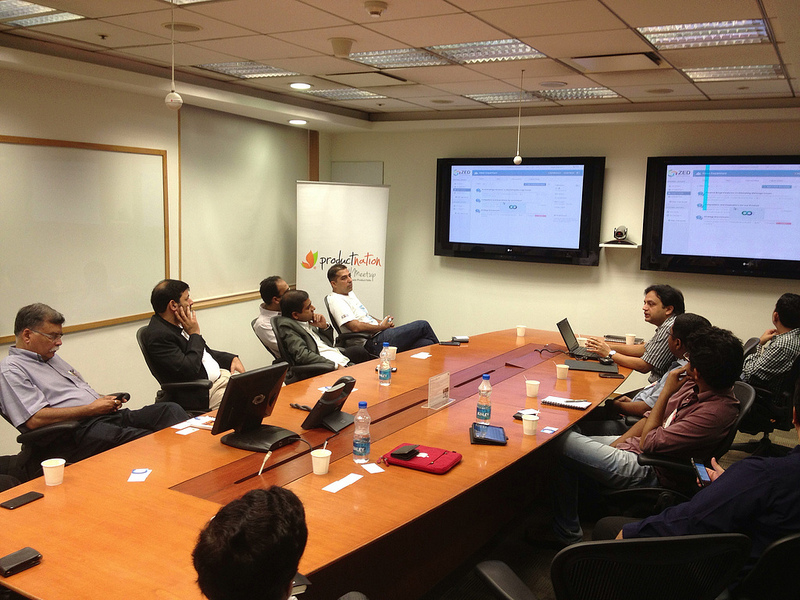
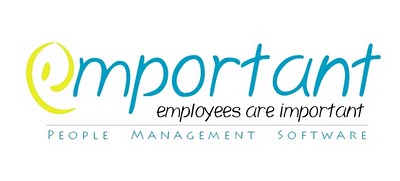


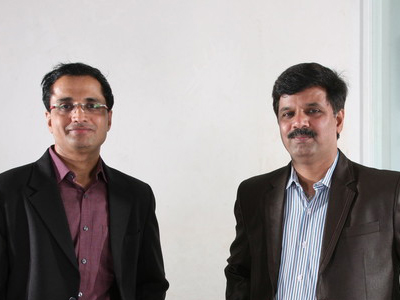

 Sumeet Anand: Our key offering is the “Kreeo Enterprise” product and solutions around it. Kreeo helps organizations to enable information discovery, collaboration and co-creation among people to synergize them as a corporate mind. We strive to facilitate better expression, creation and management of knowledge in ecosystems and to address the needs of a future driven by Big Data, open data and linked data.
Sumeet Anand: Our key offering is the “Kreeo Enterprise” product and solutions around it. Kreeo helps organizations to enable information discovery, collaboration and co-creation among people to synergize them as a corporate mind. We strive to facilitate better expression, creation and management of knowledge in ecosystems and to address the needs of a future driven by Big Data, open data and linked data.
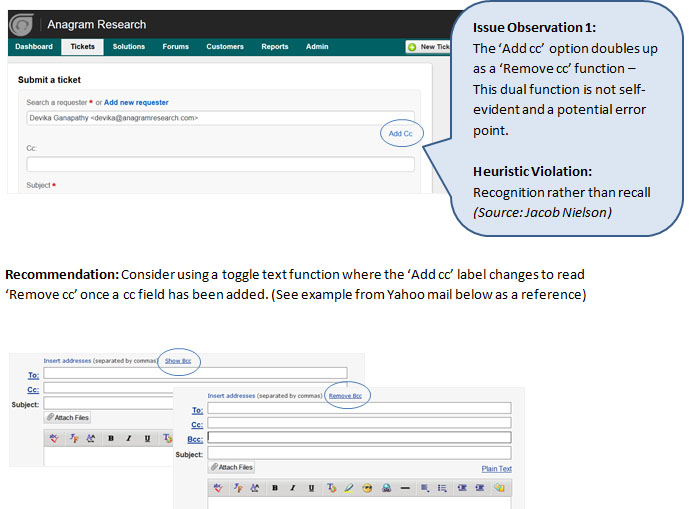
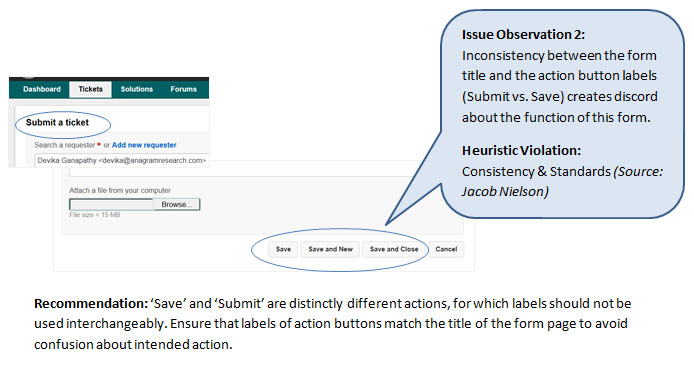
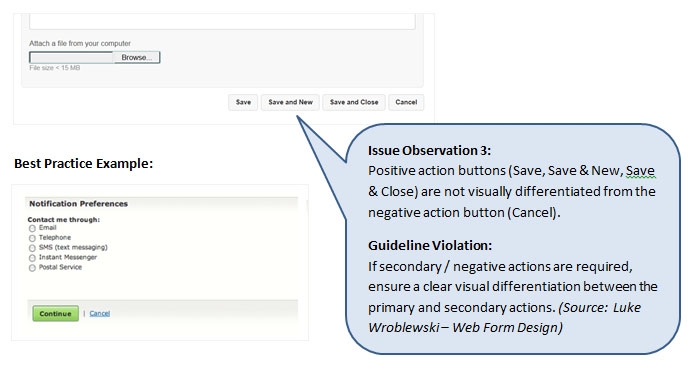
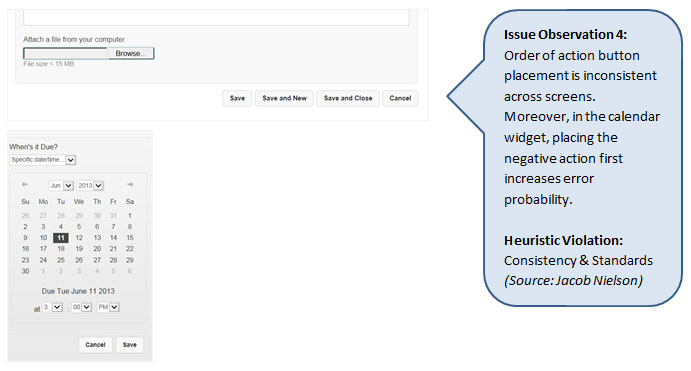
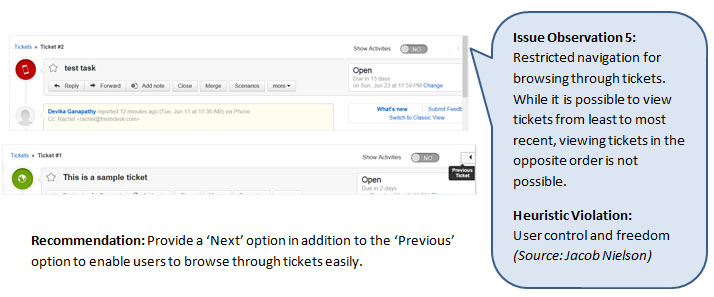
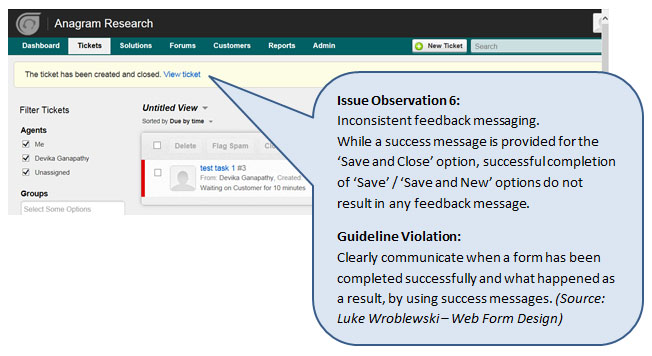 The examples shown above are just a fraction of the issues that a Usability Review could highlight.
The examples shown above are just a fraction of the issues that a Usability Review could highlight.